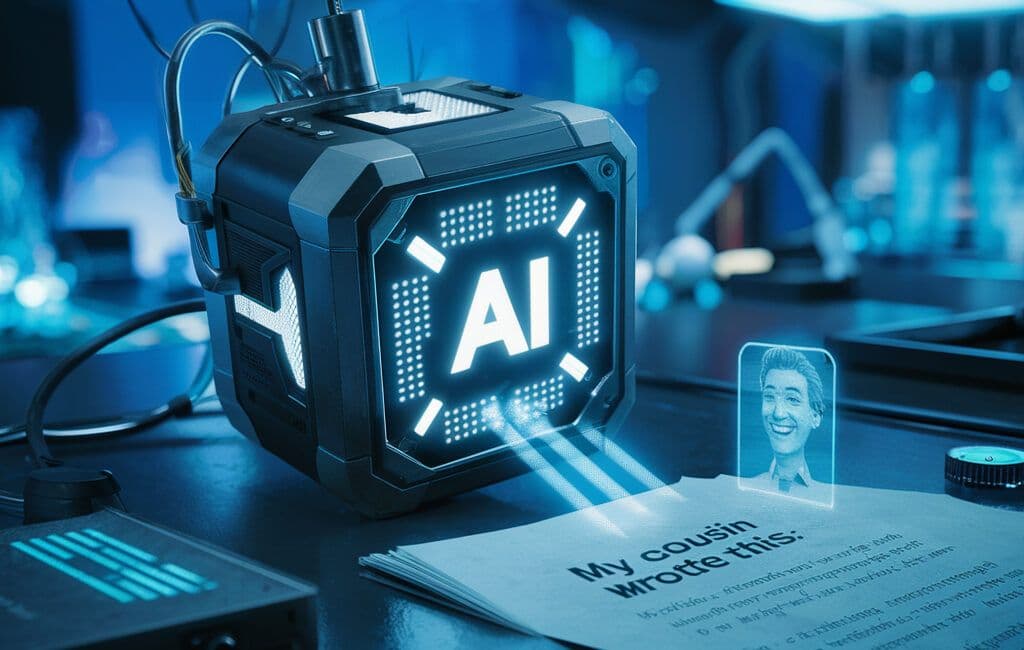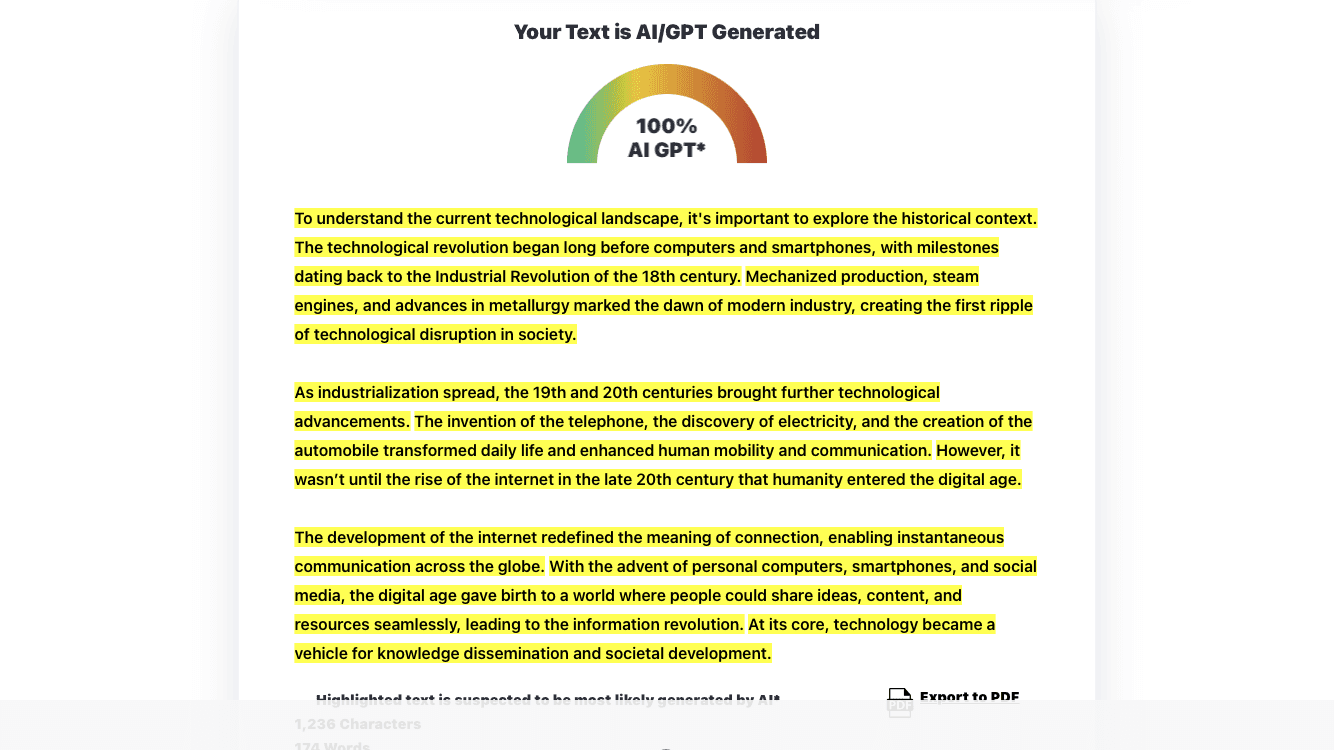
AI Detectors Explained: How They Work, Challenges, and Why They're Essential in 2024
Learn how AI detectors distinguish between human and AI-generated content, the challenges they face, and why they are crucial for maintaining authenticity in a rapidly evolving digital world.
Introduction
As AI, especially in content generation, continues to rise, the need to identify AI-generated text has become indispensable. AI detectors were developed to find the difference between human-authored content and that from AI models such as GPT by OpenAI and Google's Bard. It is critical to know how AI detectors work and what their challenges are as AI-generated content becomes more pervasive.
We will explore what AI detectors are, how they function, the challenges they encounter, and their growing importance in today’s landscape.
What Are AI Detectors
AI detectors analyze text and ascertain whether an artificial intelligence or a human has written it. These tools employ various techniques in sentence structure, linguistic patterns, and other features of writing styles to detect AI-generated content. Advanced ones can detect even AI models responsible for generating particular text.

AI detectors are becoming increasingly important in this rising tide of AI-generated content across blogs and academia.
How AI Detectors Work
AI detectors are machine learning algorithms trained on large human-authored and AI-generated text datasets. By analyzing this data, detectors can find the differences in how an AI model generates content versus how a human would write. Here are a few techniques they use:
- Repetitive Patterns: AI-generated text may repeat phrases or ideas more frequently than human-written content. Detectors can spot these repetitive patterns as a possible indication of AI involvement.
- Sentence Structure and Syntax: Whereas AI has improved in imitating the writing of humans, sometimes it lacks nuances that are natural to human beings. The detectors look for those minute differences in syntax and structure.
- Token Patterns and Distribution: AI models use very specific patterns of token distribution, sometimes quite different from what could be found in human-authored text. That's precisely what detectors rely on to identify AI-generated text since humans have much more variation in their words and sentence structures.
Challenges and Limitations of AI Detectors
Although AI detectors are becoming more sophisticated, they still face several challenges that are considered concerns. As AI models improve, accurately detecting AI-generated text becomes more difficult.
- False Positives and Negatives: These AI detectors can give false positives, in which human-generated text is identified as AI-generated, or false negatives, in which an AI detector may miss identifying AI-generated content. Inaccuracies can be a problem, especially in educational institutions or within legal documents, where authenticity may be critical.
- Contextual Accuracy: Some texts could represent a hybrid of AI with heavy editing by a human. Most detectors can't tell the difference between pure AI content and content edited by humans; hence, complications in true detection arise.
- Evolving AI Models: As LLMs, like GPT-4 and other types of AI, continue to grow, they generate content that reads much closer to what a human would produce. This makes life even more difficult for the detectors, requiring continuous adjustments in the algorithms they use for detection.
- Ethical Concerns: AI detectors raise a lot of moral questions. Should one always indicate when AI tools create their content? If humans have edited the text created through AI, should the content still be considered AI-generated? These debates are still ongoing and have yet to reach a consensus.
- Cost and Accessibility: Good-quality AI detectors might be expensive and thus beyond the reach of an individual or small organization. For such detectors to see wide applications, high-quality detection must become increasingly affordable and verified for its accuracy.
The Growing Importance of AI Detectors
While high-quality AI detectors do come with a rather heavy price and, therefore, remain accessible only to a few individuals or smaller organizations. With the increasing proliferation of AI-generated content, more affordable and accurate AI detectors will be required for more general applications. With the proliferation of AI-generated content in education, journalism, and digital marketing, among other fields, the application of AI detectors has become necessary to assure originality. They ensure that human creativity retains its special place and respect in the world, now moving rapidly towards being dominated by AI. AI detectors also play a great role in ethics and the prevention of AI misuse for some reasons, such as misinformation or manipulating data.
Given AI technology's continued development, AI detectors must improve to meet the ever-growing challenge of identifying machine-generated content. With AI integration into daily life becoming a reality, these tools remain key to enforcing transparency and authenticity.
Conclusion
AI detectors are the means that have become increasingly significant in distinguishing between human-authored and AI-generated content. Besides that, such tools are essential to guarantee originality in academic, journalism, and business sectors. They are, however, faced with a few drawbacks. First, since AI models' sophistication is increasing, detectors must also change to keep up with efficacy; AI can be complementary and not undermine human creativity.
In any case, AI detectors are here to stay, and their importance will continue to grow with each passing day as AI shapes the future of content creation and communication.
